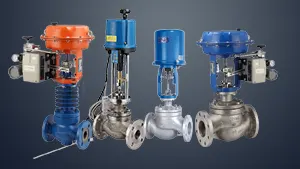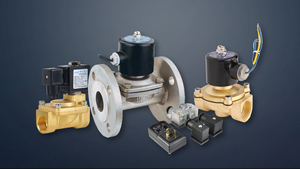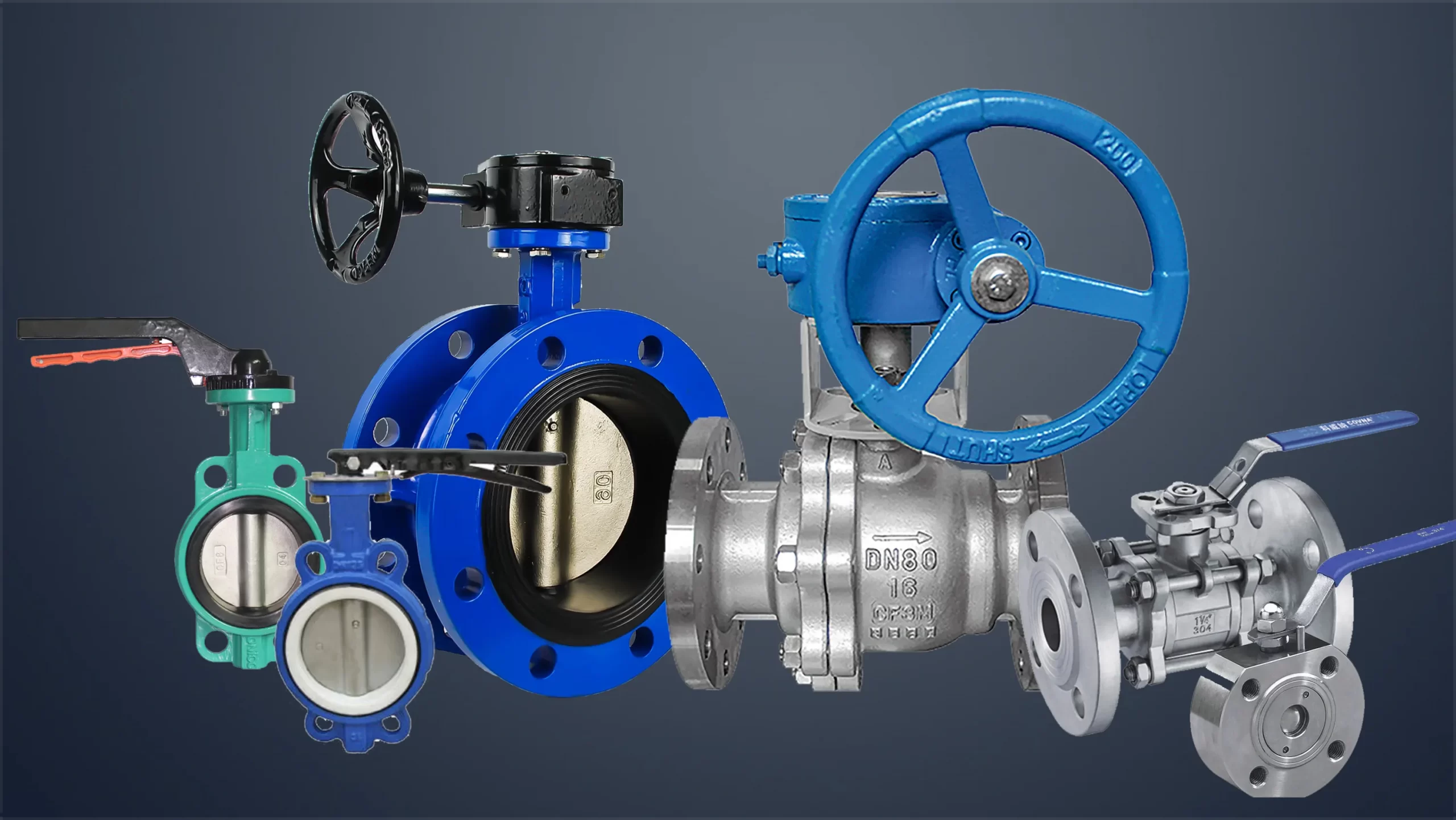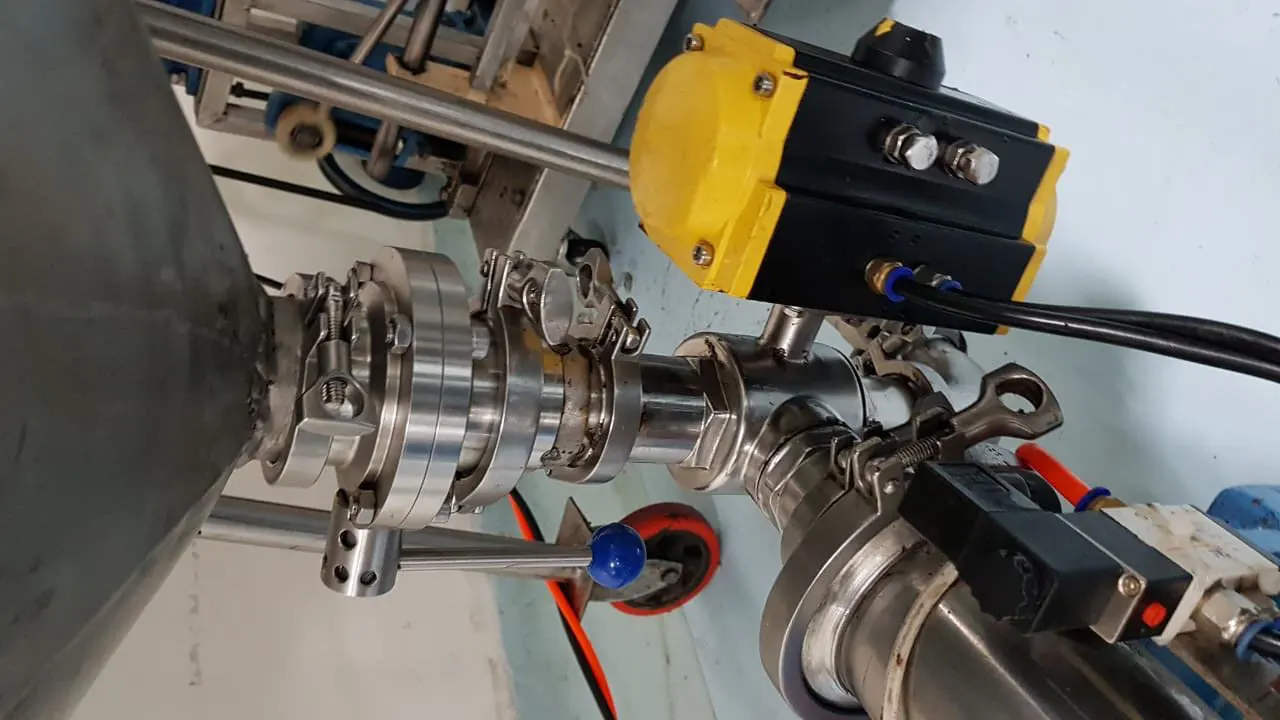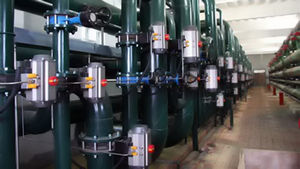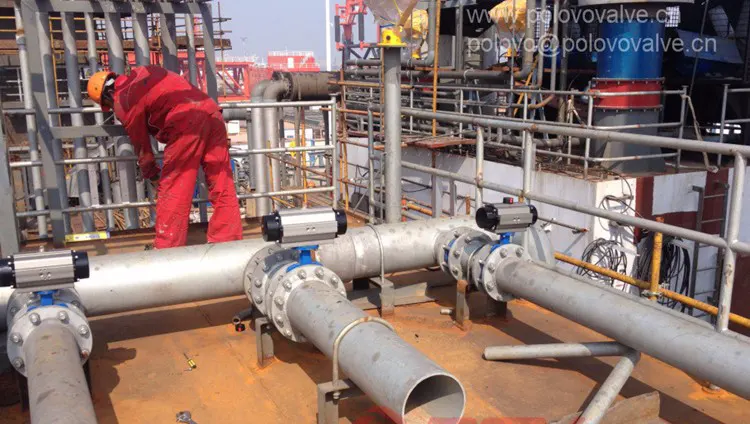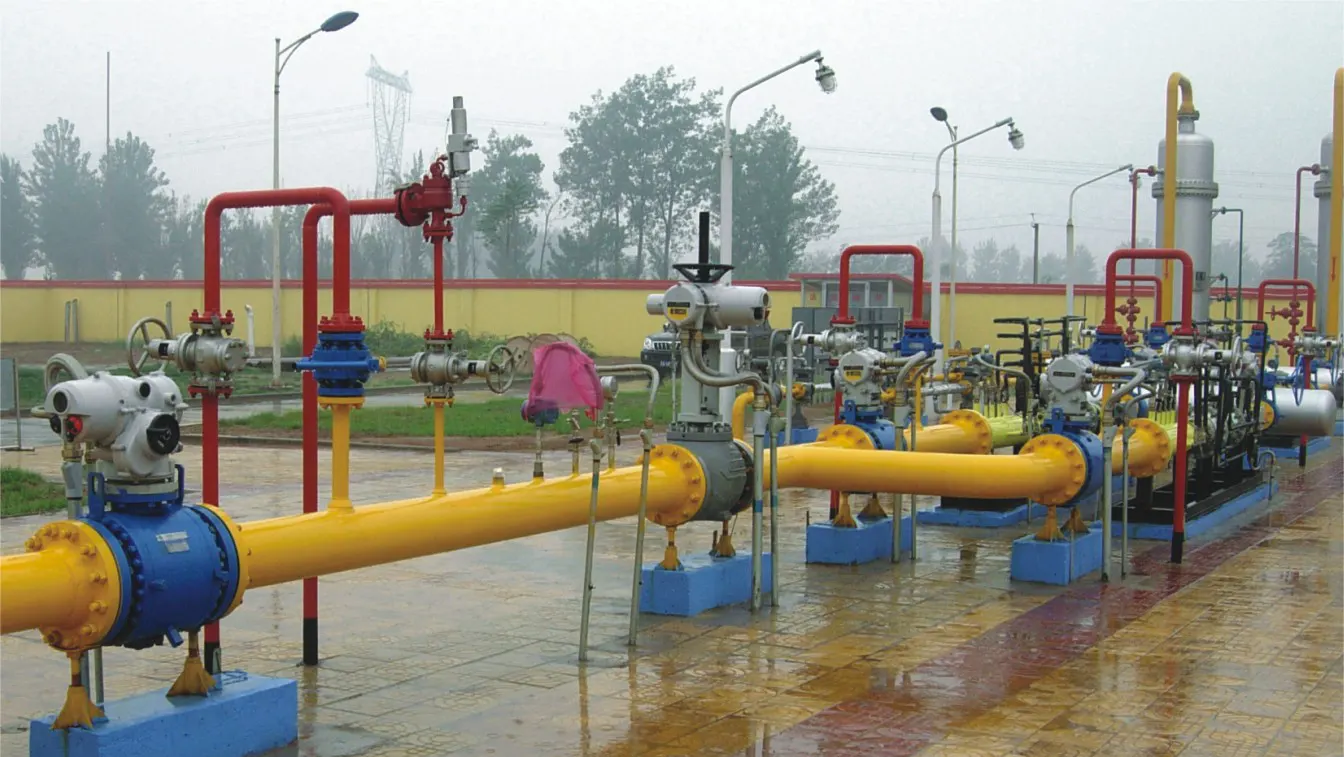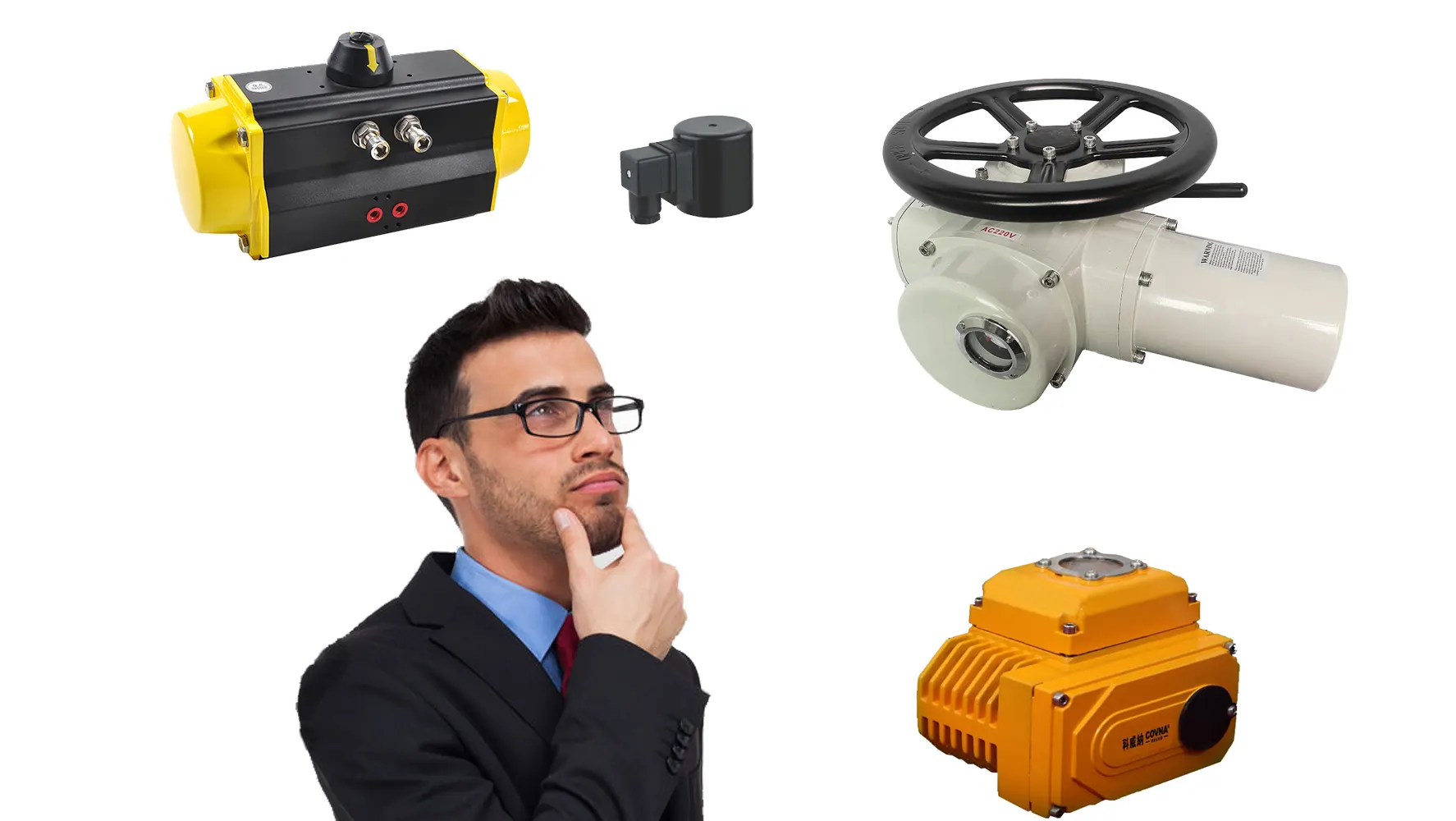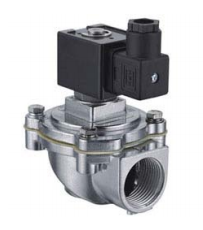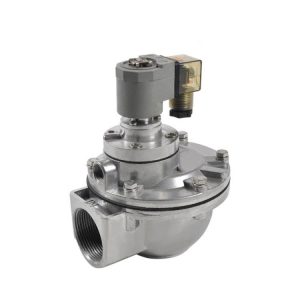General introudction to Straight-through Electromagnetic Pulse Valve:
The straight-through electromagnetic pulse valve is composed of an electromagnetic pilot valve and a main valve. When energized, the iron core is sucked up by the electromagnetic force and the pilot valve port is opened to reduce the pressure of the medium in the upper cavity of the diaphragm. At this time, the valve end pressure decrease, because the pressure at the valve end is relatively increased, the diaphragm is pushed open so that the medium enters the outlet end of the valve to be open. When the power is cut off, the iron core is reset by gravity and spring, closing the pilot valve port, increasing the pressure in the upper chamber of the diaphragm, pushing the diaphragm down to close the main valve port, and the valve is now closed.
Main features of straight-through electromagnetic pulse valve:
1. Completely blocked external leakage, internal leakage is easy to control and use. Internal and external leakage is the element at risk. Other automatic control valves usually extend the valve stem, and the rotation or movement of the valve core is controlled by an electric, pneumatic, or hydraulic actuator. This must solve the problem of external leakage of the dynamic seal of the long-term valve stem; only the solenoid valve uses electromagnetic force to act on the iron core sealed in the magnetic isolation sleeve of the electric control valve. There is no dynamic seal, so the external leakage is easy to block. The torque control of the electric valve is not easy, and it is easy to produce internal leakage, or even pull off the head of the valve stem; the structure of the solenoid valve is easy to control the internal leakage until it drops to zero. Therefore, the solenoid valve is specially used, especially suitable for corrosive, toxic or high and low temperature media.
2. Simple system is, just connect to the computer. The solenoid valve itself has a simple structure and a low price. It is easier to install and maintain than other types of actuators such as control valves. What is remarkable is that the composed automatic control system is much simpler and the price is much lower. Since the solenoid valve is controlled by a switch signal, it is convenient to connect with an industrial computer. In today’s era when computers are popular and prices have fallen sharply, the advantages of solenoid valves are even more obvious.
3. Fast action, small power, and the shape is light. The response time of the solenoid valve can be as short as several milliseconds, and even the pilot solenoid valve can be controlled within tens of milliseconds. Due to its self-contained circuit, it is more responsive than other automatic control valves. A properly designed solenoid valve coil has very low power consumption and is an energy-saving product; it can also be used to automatically maintain the valve position only by triggering the action, and it does not consume electricity at all. The solenoid valve is small in size, which saves space and is light and beautiful.
4. The adjustment accuracy is limited and the applicable medium is limited. Solenoid valves usually have only two states on and off, and the spool can only be in two positions and cannot be adjusted continuously. (There are many new ideas trying to break through, but they are still in the trial stage), so the adjustment accuracy is still limited.
--- END ---




